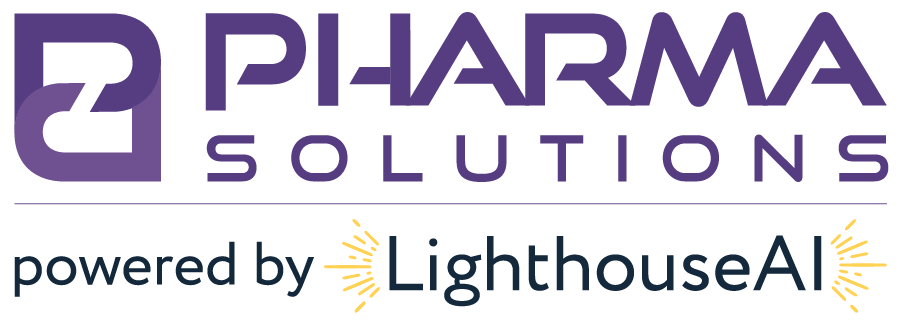COVID-19 Special Edition Part II: India and US React
In our last Special Edition, we covered how manufacturing capacity around the globe is likely being affected, the implementation of force majeure contract clauses, and how increased pressure on the supply chain will play out (read here). This week, we provide more information on the short-term and long-term solutions that India and the United States have taken to protect their drug supply chain.
Short-Term
India
The short-term manufacturing output by India is affected by three major aspects:
- A temporary dip in the production of Chinese active pharmaceutical ingredients. Per Chinese sources, API production slipped by 10% to 20% but is quickly recovering.
- Employees at manufacturing plants not reporting to work due to both the mandated lockdown as well as them not wanting to get sick.
India has already banned the export of ventilators, sanitizers and personal protective equipment such as masks and clothing used in the fight against the virus. This is in addition to preventing the exportation of 26 pharmaceutical ingredients and the medicines made from them. The most potent export ban centers around acetaminophen and hydroxychloroquine – a therapy already touted by the President and his Administration to be effective in fighting COVID-19 symptoms.
United States
The Coronavirus Aid, Relief, and Economic Security (CARES) Act (HR 748) has officially been signed into law by President Trump. The emergency package provides up to $2 trillion in aid to individuals, small business and large corporations. It is the third emergency package related to COVID-19. The $2 trillion emergency package aids many Americans, small businesses and major industries. The short-term solutions adopted by the bill include:
- Requiring drug manufacturers to submit more information when there is an interruption in supply, including information about active pharmaceutical ingredients, when these are the cause of the interruption;
- Requiring manufacturers to maintain contingency plans to ensure back up supply of products; and,
- Requiring device manufacturers to provide information about potential shortages.
Long-Term
United States
Long-term planning by the US, at this time, is limited:
- Commission a report from the National Academies to study the manufacturing supply chain of drugs/devices and provide Congress with recommendations to strengthen the U.S. manufacturing supply chain;
- $16 billion for the Strategic National Stockpile and requires certain products to be included in the stockpile;
- An executive order to “Buy America” which would force federal agencies to “Buy America”—American medical equipment.
As far as the “Buy America,” experts and the pharmaceutical supply chain at large have denounced the plan due to its potential to exacerbate shortages. Over 50 organization signed a joint statement that questioned the feasibility of proposals to drive all manufacturing to the United States – specifically that such proposals “underestimate the time and effort it would take to make such changes” and that they are misguided in that “a diverse pharmaceutical supply chain is precisely what enables the industry to respond quickly and make adjustments in its supply chain sourcing during natural emergencies and global public health crises.”
India
Although the United States has taken some half-measures to take control of their drug supply chain, India’s actions have been much more direct and focused. India already has leading manufacturing capabilities – so now they are specifically focusing on developing domestic production of key starting materials and APIs with a $1.3-billion multi-year plan.
Their plan is two parts:
- $131 million in financing for common infrastructure facilities for three bulk drug parks ($394 million total) in India over the next five years.
- $910 million in financing for promotion of domestic manufacturing of critical key starting materials, drug intermediates, and APIs over the next eight years.
Sources:




0 Comments